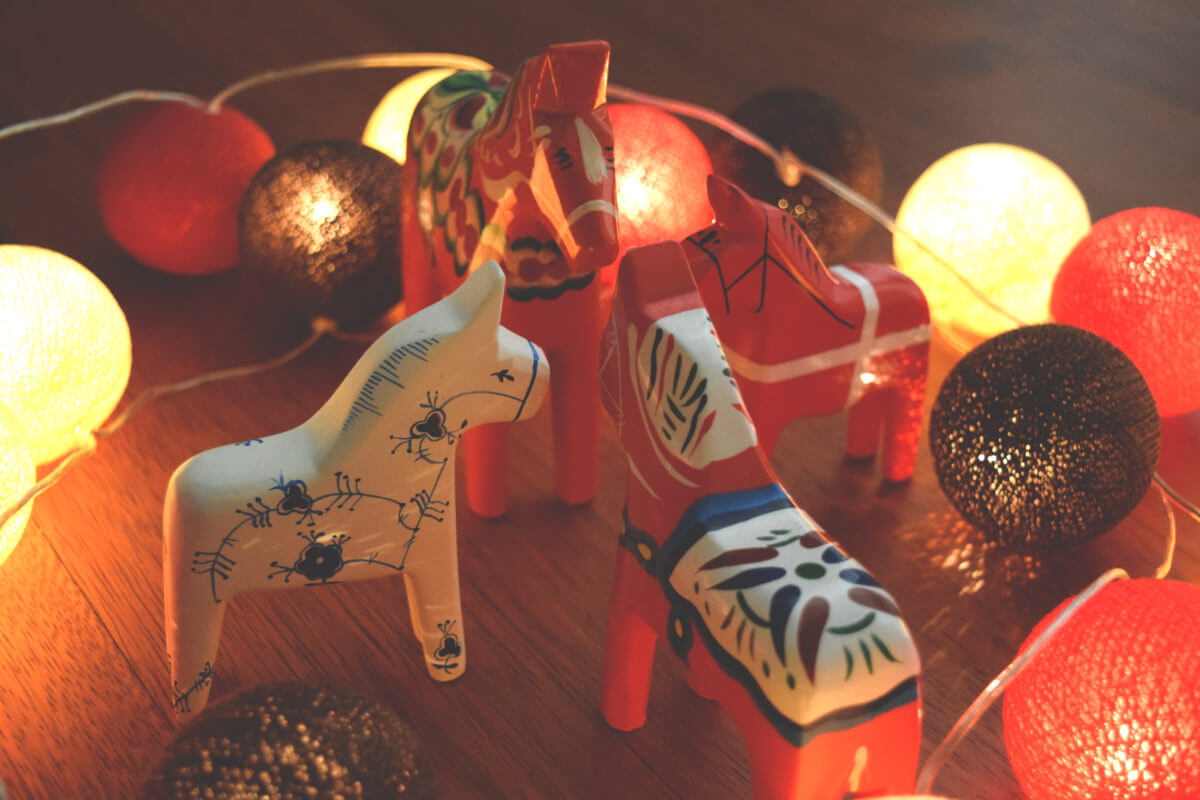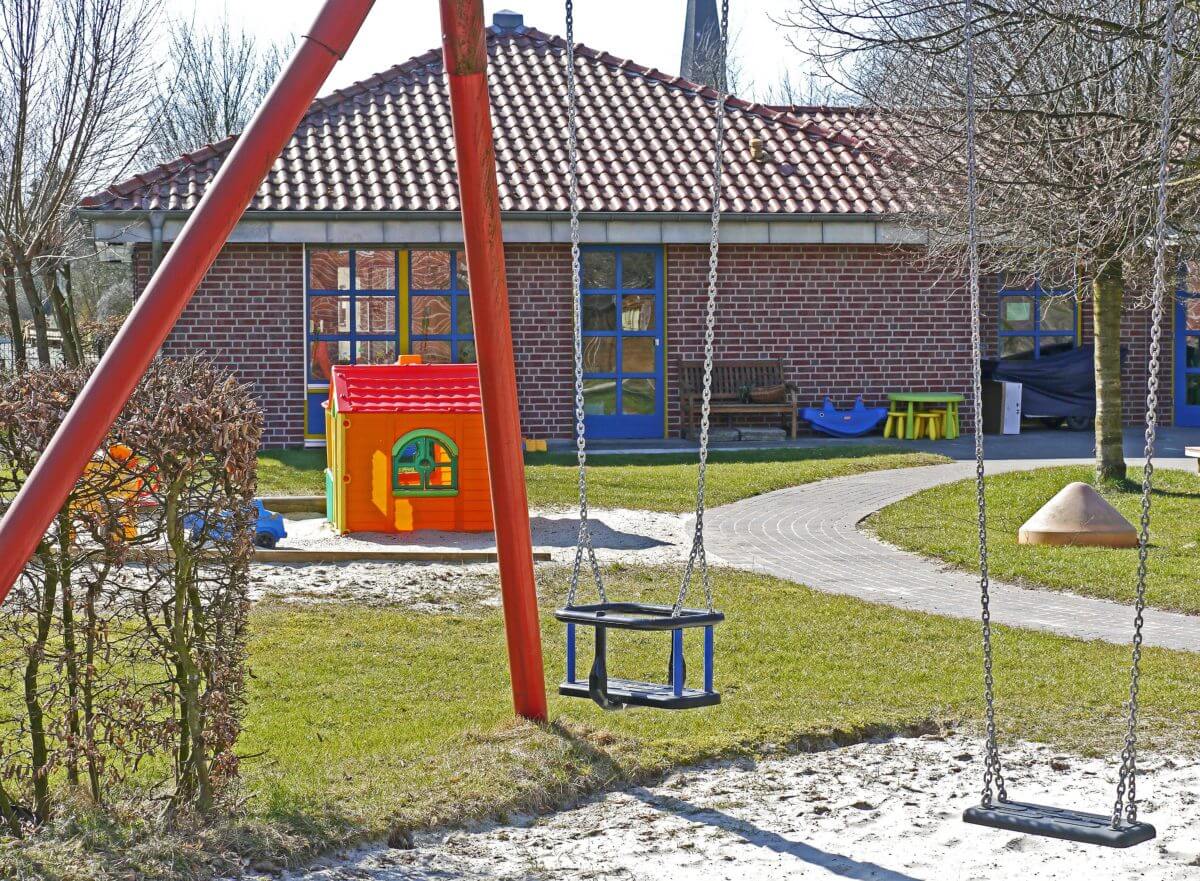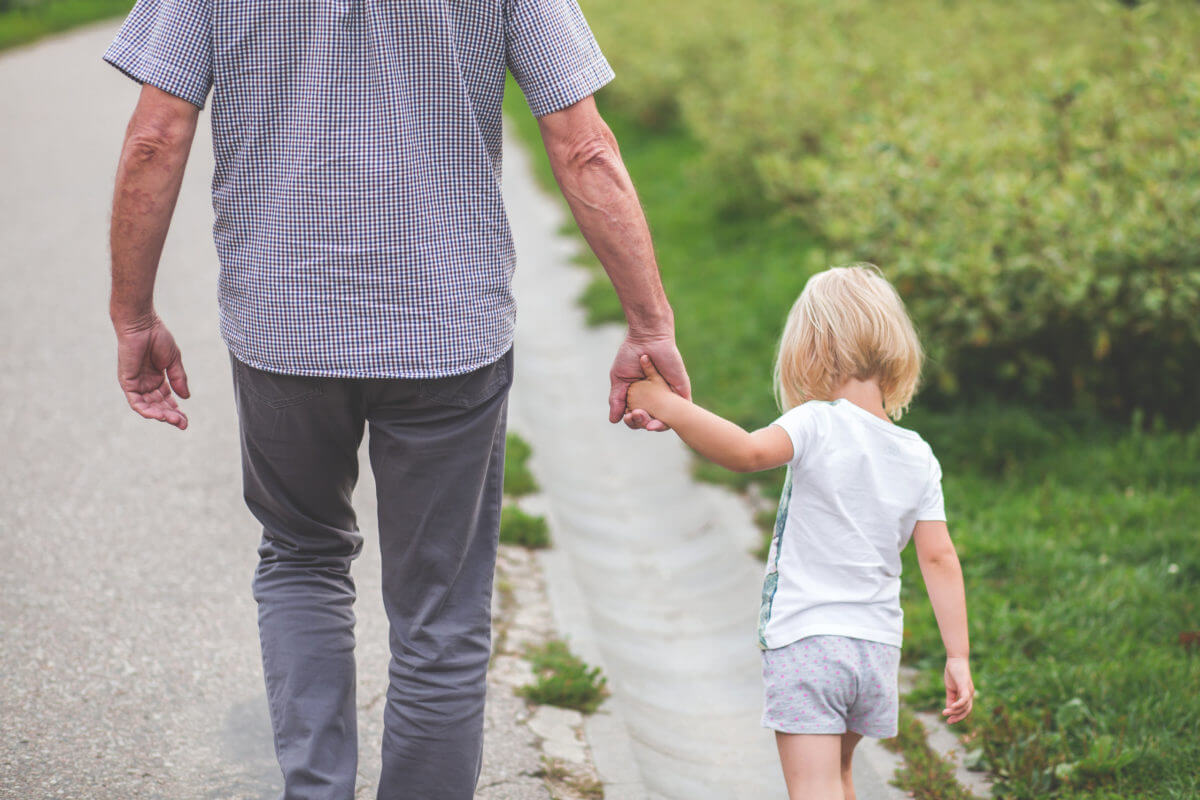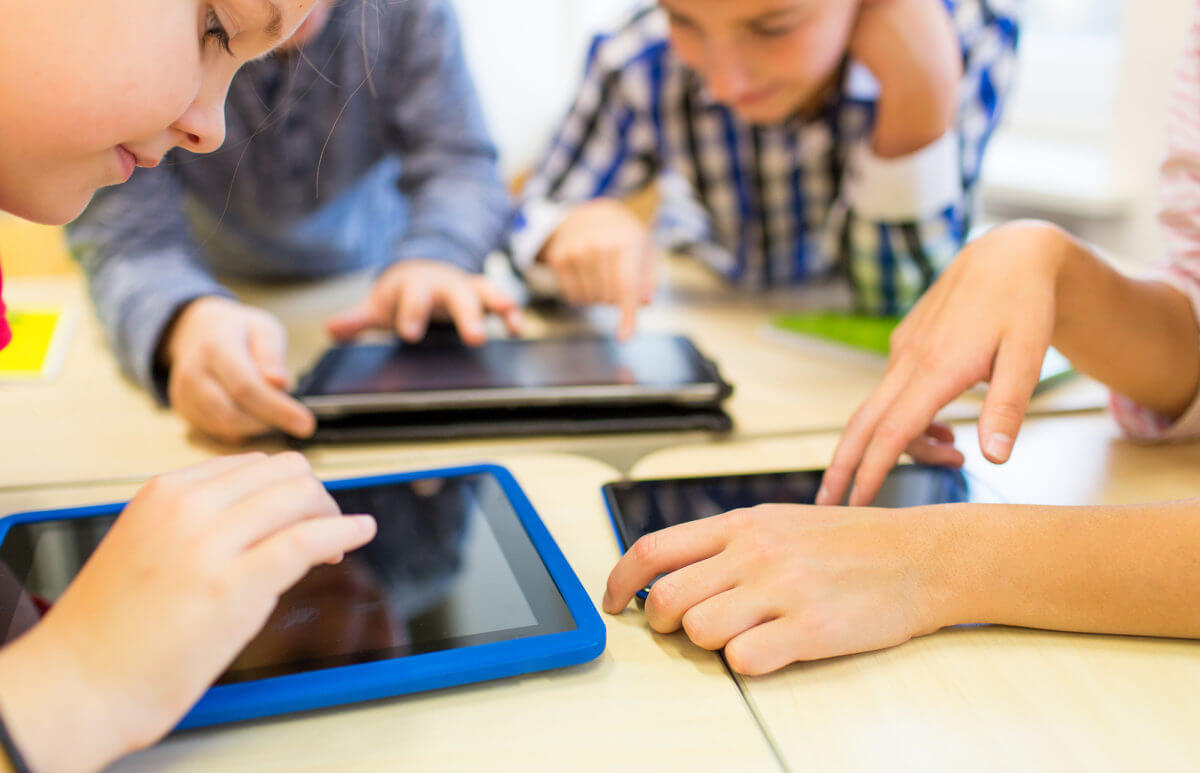Over the years, indoor play has become increasingly popular, to the point that it threatens to overtake outdoor play. However, as a parent you want the best for your kids and thus might be wondering which of the two is better. The truth is that you cannot completely do away with one over the other. According to various studies and researches, both indoor and outdoor plays have their pros and cons. The trick is therefore to maximise on the benefit of each while striving to minimise the disadvantages. There are times when one option may not be possible and thus the need to learn how to incorporate both kinds of play into children’s play routine.
Outdoor Play
According to Burdette and Whitaker, 2005, outdoor play encourages a child to learn on multiple levels and therefore causing their brain to develop at a fast rate. This in turn makes children become better learners at school and more sociable. A study shared in the American Journal of Public Health also shows that outdoor play helps increase attention span. It is though that more natural settings minimise the symptoms of ADHD in children and encourages more independent thinking. Stress levels in children that play outside are also significantly low.
Besides the psychological advantage, outdoor play offers long-term physical advantages as well. It has been observed that children who play outside and are more physically active will most often than not carry the skill on to their adulthood. Outdoor play therefore can help, not only reduce the risk of obesity in children but also adults of the future. In addition, playing outside is a free and natural way to get Vitamin D, an essential nutrient that helps build strong bones and prevent heart diseases among other health complications. Optometry and Vision Science also reports that spending time outside may help improve a child’s farsightedness, owing to the pupil restriction in brighter light.
Indoor Play
A number of toys and equipment, which have some positive impacts on a child’s development, today facilitates indoor play. Games such as Wii Fit and Dance-Dance Revolution offer some physical advantages similar to those obtained thorough outdoor play. This means that such games can be used as substitutes when outdoor play is not possible. Indoor games can also boost creativity through arts and crafts, playing puzzles, etc. Such games encourage kids to be thoughtful, imaginative and expressive in ways that outdoor games may not allow. The indoor space can also be a great avenue for children to self-regulate, improve their language skills, pay attention to instructions and boost their social skills.
Indoor space mostly allows for soft play, which often has a low risk of injury. Whilst it is important for children to experience risks in their development, supervision and caution are still necessary. Indoor play can be manipulated to reduce risks as you prepare a child for the outdoor structure. It is also allows for easy supervision, especially if your child has special needs, allowing you to regulate indoor play from the immediate area.






